And don’t say, “But it’s June!” – only I can get away with things like that.
Tuesday I went down to Jordan Lake to do a little casual photography after my target of choice proved hard to get into – you’ll see that here eventually. But for being the second choice, the lake worked out well enough.
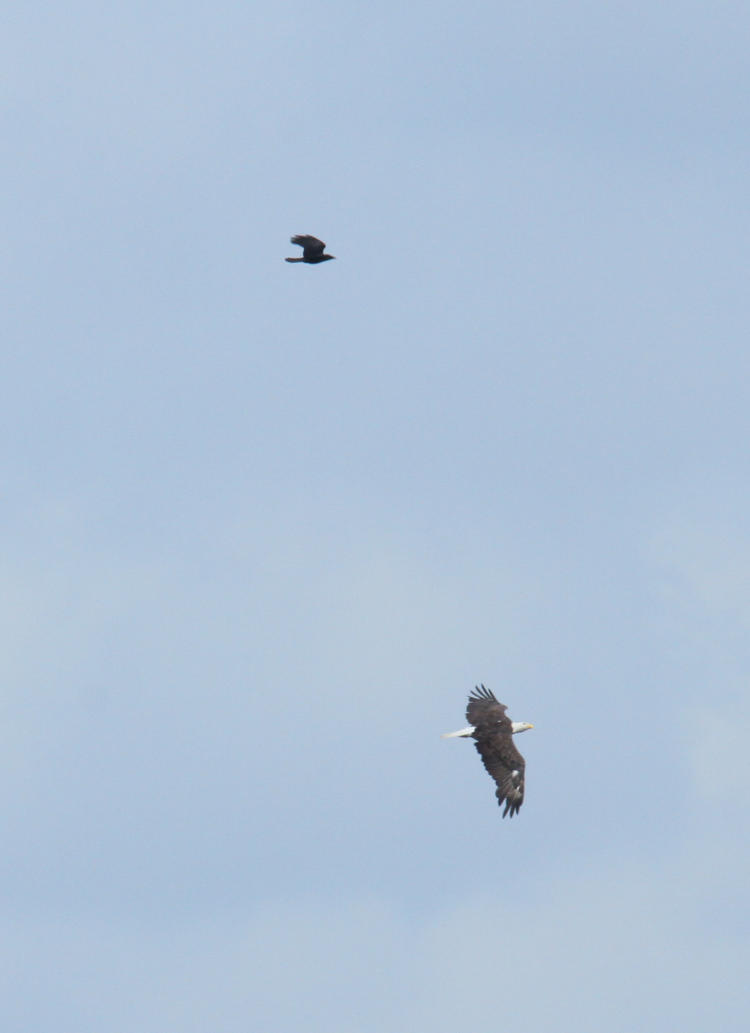
In the extreme distance, an American crow (Corvus brachyrhynchos) pursued a bald eagle (Haliaeetus leucocephalus,) though whether the eagle was actually fleeing the crow or simply flying past and the crow took offense, I can’t say – eagles are big enough that they don’t dodge unless it’s to try and get their talons onto their attacker. I saw a handful of eagles, but all at a great distance, so no decent pics this time.
The osprey were slightly more accommodating.

While this osprey (Pandion haliaetus) cruised almost directly overhead, it seemed distracted by something off to the side, since it’s facing that way for several frames; probably the fisherman on the bank a few dozen meters away from me.
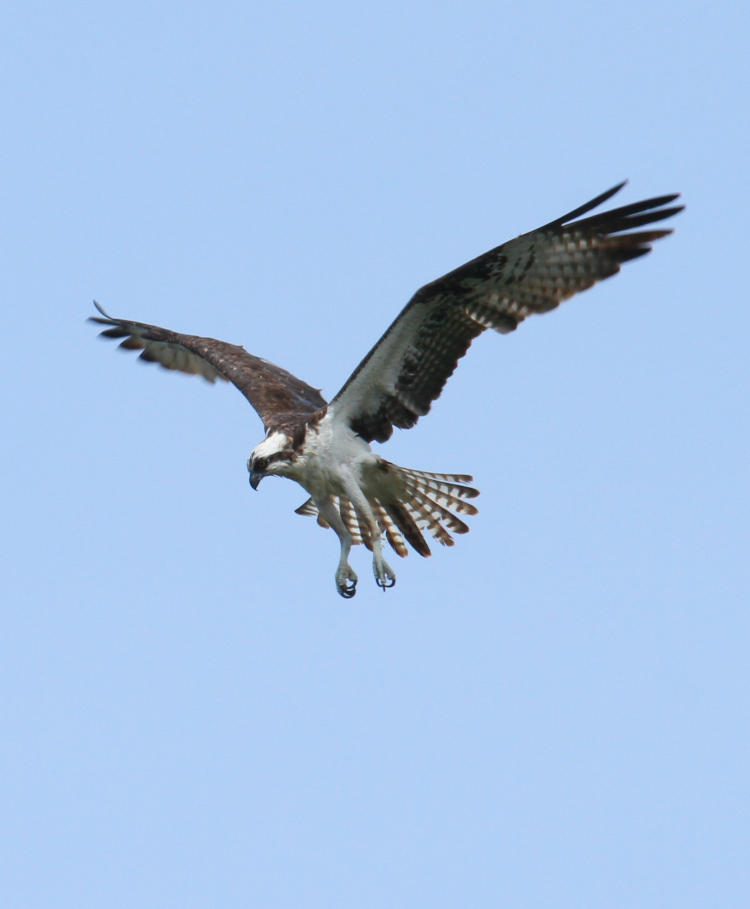
A few minutes later, one started dropping its talons and ‘backing’ not too far away, the slowing to near-hover that they do right before diving on a fish. It was at a great angle and lighting, just the kind of thing that I wait for, but it abandoned the dive right after entering it as the fish moved deeper. Nertz.

This one gives a great impression of trying to shake water from its ear, and to be honest, this may not be that inaccurate; the bird was in mid-shake, the shiver that they do not long after a dive to clear excess water from their feathers, though I’d never seen the dive itself.
While standing on the banks, a flash of black-and-white wings caught my eye as a woodpecker flew over to the dead tree that I was standing almost directly underneath.
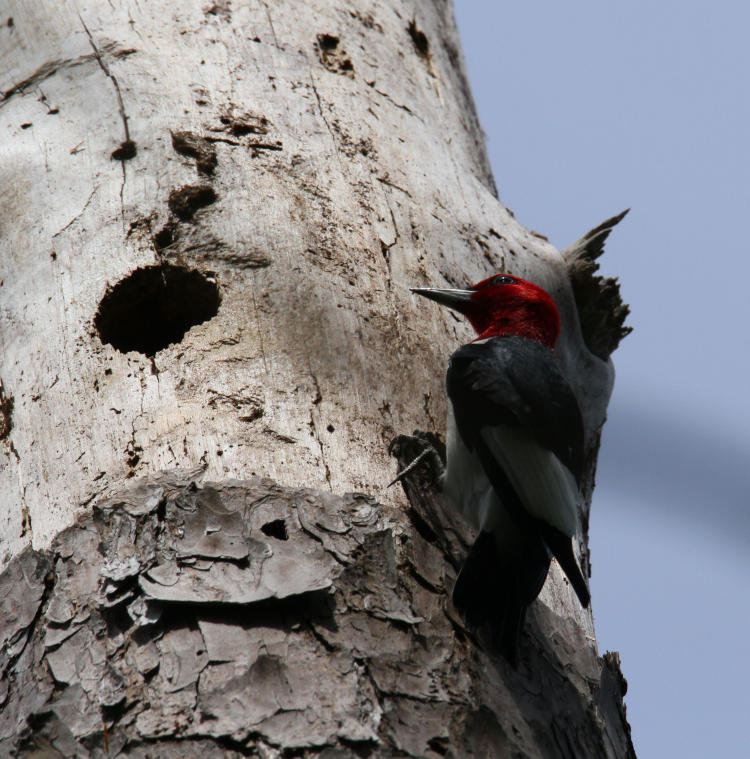
I mentioned earlier that I should be stalking the area looking for woodpecker nests, because despite this dead tree (and a neighbor) being absolutely riddled with woodpecker cavities, I’d never seen evidence of an active nest itself – and then this one lands right overhead, close enough that I was worried about spooking it with any movement. You can ever see the blurred diagonal band of an intervening branch, well out-of-focus, cutting right across the middle of the frame, but when the bird first landed, I wasn’t shifting position.

And then it dove deep within the cavity, and I was thinking that I might finally have found a nest – by my reckoning (which is not the most accurate thing to go on,) the young should be hatched but not terribly big at this point, so entering that far to feed the young is fairly likely. I kept watching.
But the woodpecker remained within the cavity far too long, including leaning back out and re-entering, which is not chick-feeding behavior, but excavating or food-searching instead. I ever saw a few bits of rotten wood get flung aside. I felt more comfortable then with switching position slightly for a better angle, and the woodpecker paid me no mind.
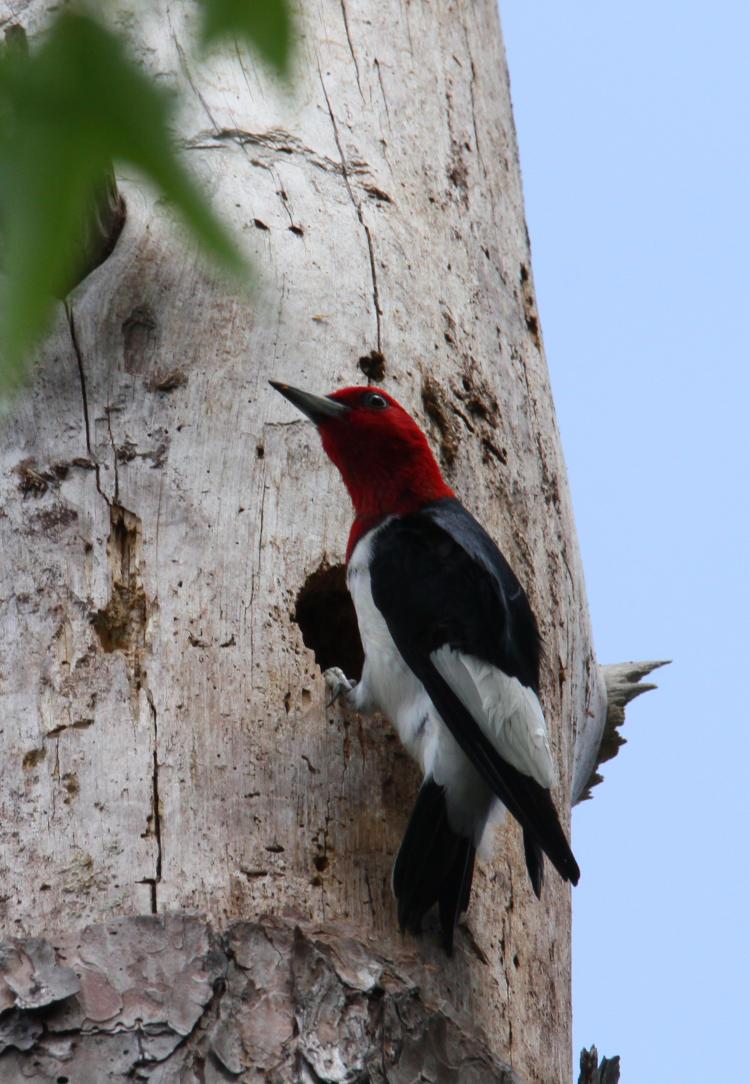
I’m rather pleased with this portrait, especially since it’s reminiscent of a decorative painted trunk that I had many years ago – but this time it’s my work. Hey, I’m happy to purchase artwork from others that I like; I just usually like mine better. I’m sure we all agree.
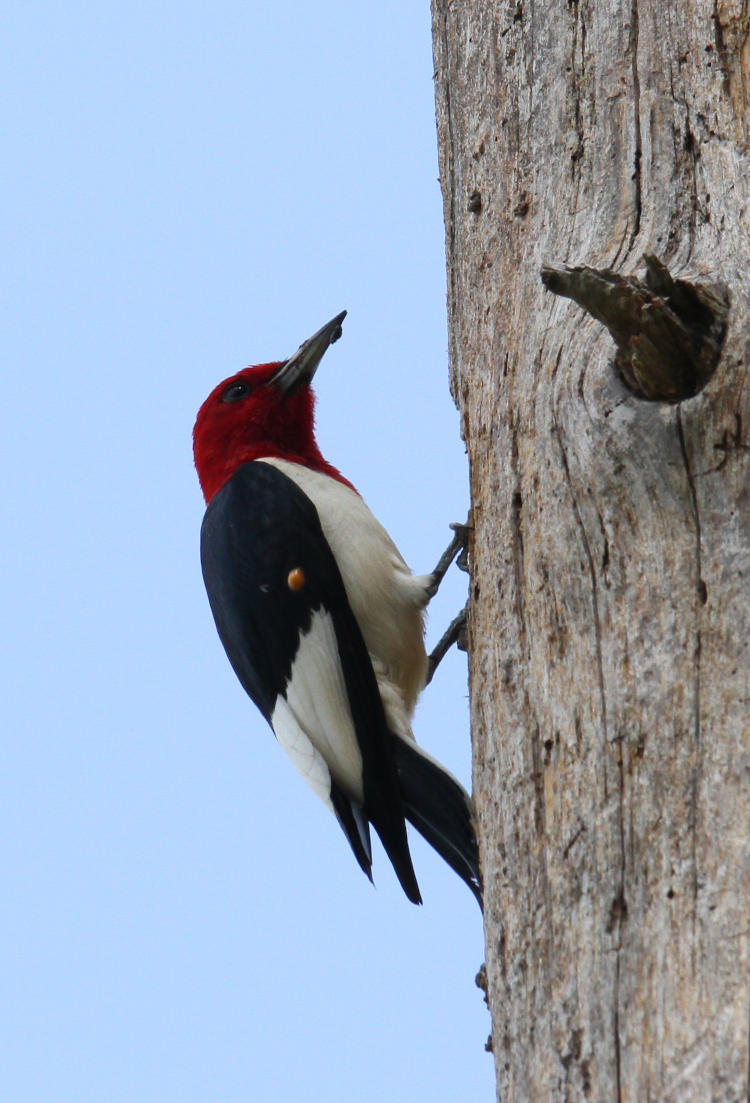
But then a short while later, I saw one land on the neighboring dead tree (the lakeshore is littered with them, killed by the erosion of the wind action and constantly-changing lake levels.) This time the action looked a bit more like feeding young, and lasted just as briefly: the parents appear only for a few moments to stuff what food they’ve found into the gaping maws, then fly off for more, and this generally goes on all through daylight hours, so when you see one land, poke around, and fly off within 30-60 seconds, it’s generally a good indication of a nest. Except, this one faced exactly out over the water, completely out of view from me on the banks.
This image left no doubt: the parent coughed up some seeds from its crop before plunging into the cavity with them, and you can even see one of the seeds falling along the wing. Good. Now all I had to do was be able to see within the cavity. The young would (again, likely to my knowledge) not be big enough to peek out of the cavity for a little while, but when they’re able to, I want to be able to see them.

On another feeding run (there are four minutes between this frame and the previous, and you can see the thin clouds were blowing across the background,) the parent had a nice beakful of berries, to which the light angle provided me just enough distinction. You can also make out a very slight depression right over the toes, perhaps indicating that the cavity opening is right there and my viewing angle was almost perfectly perpendicular to it.
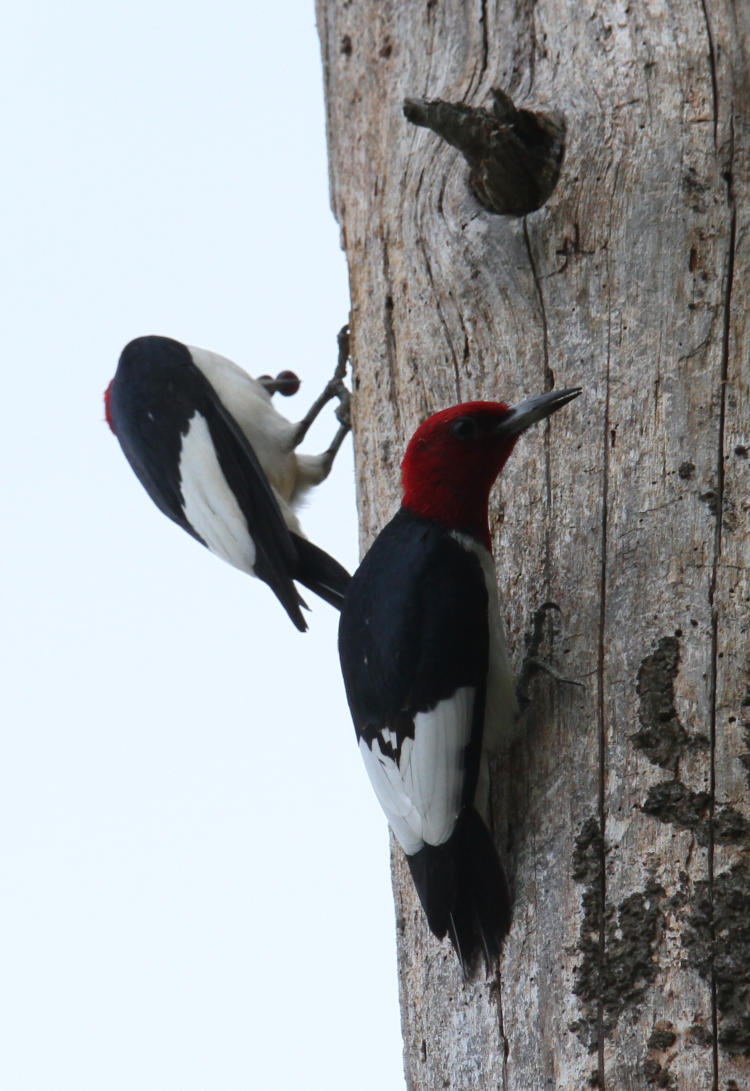
Before that one even poked within with its bounty, another joined it on the trunk. I figured both parents had arrived back with food at the same time and would take turns, but the second never made any motions to feed even when the first was finished. This might have been because I was there and the second was doing a little guard duty, or it might have been that they space out the feedings slightly (I imagine the berries were a decent mass for the young to consume) and simply swallowed its food; the parents gotta eat too. After feeding, both took a break for a few minutes on the branch above the nest, but didn’t seem unduly concerned with my presence, and I was in plain enough sight. Granted, this was still 13-16 meters away.
But with that experience, I resolved to see if I could get out into the lake far enough for a view of the nest opening without getting too wet. I knew the lakebed sloped off gently, at least for a moderate distance, so it was possible. Thus, being up far too early this morning for any healthy person, I packed up the gear and was out before sunrise, while it was still dim twilight, and started wading out into the water. As luck would have it, the slope was very gentle and I was only knee-deep when I had a clear view of the cavity opening. Super!
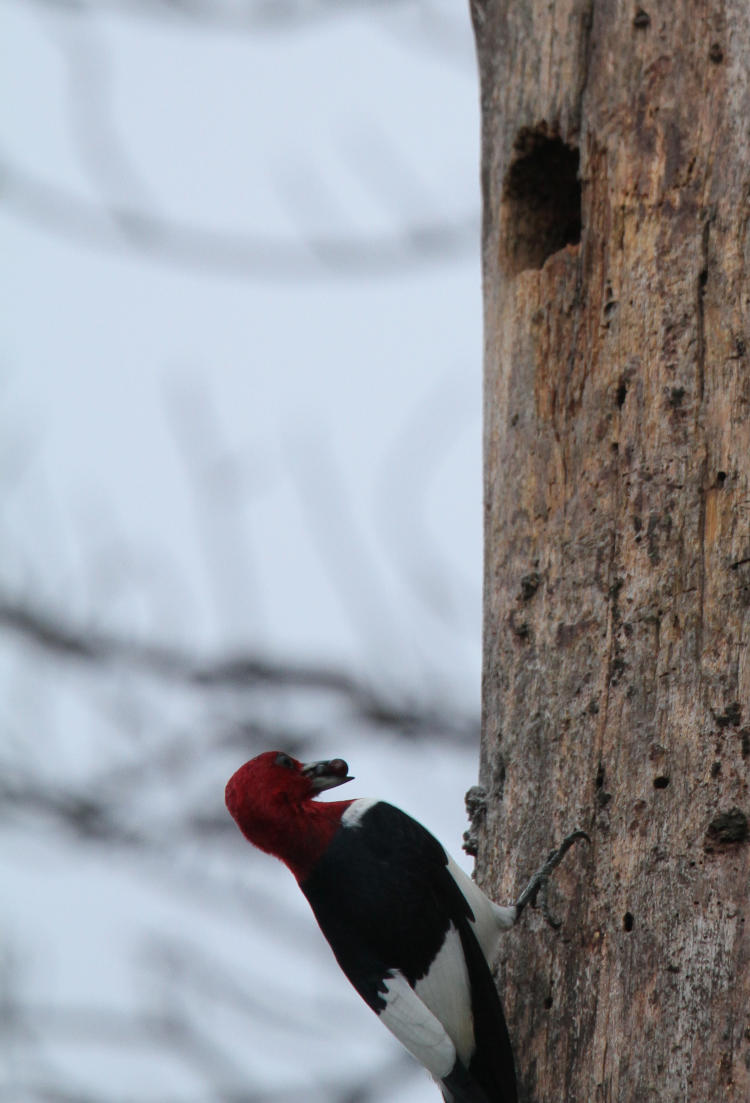
At this point, I was even more obvious, standing alone some eight meters out into the water, but I was remaining mostly motionless and anyway the feeding instinct is quite strong. I was kind enough to spook off a collection of crows that alighted in nearby trees, because they’ll raid the nests of just about anything and they might have been preventing the parents from coming close and revealing it. But otherwise, I was motionless enough that a small school of fish made repeated attempts to see if the hair on my calves was edible, an experience that everyone should have at some point in their lives.
Later afternoon should bring a much better light angle, and I intend to get the parents acclimated to my presence halfway decently, observing to ensure that I’m not going too far. As it is, they might peer around for a moment while I’m there, but they’ve never done more than hesitate before poking into the nest cavity, so I’m comfortable with that. I’ve said it before: we’ll see what happens in the next couple of weeks.





















































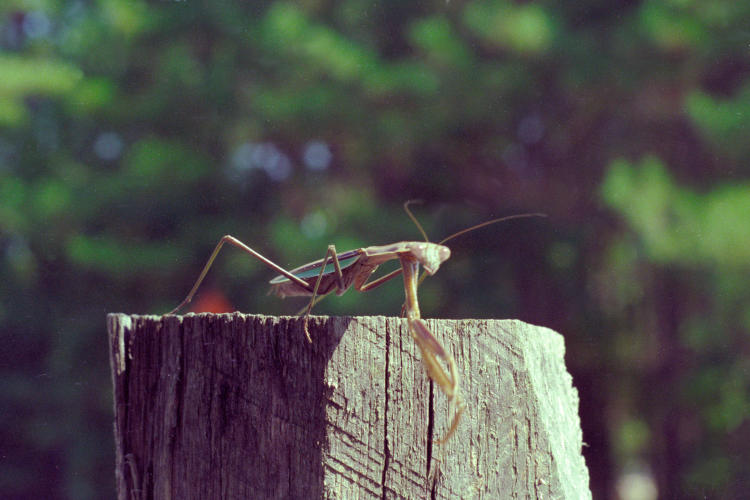
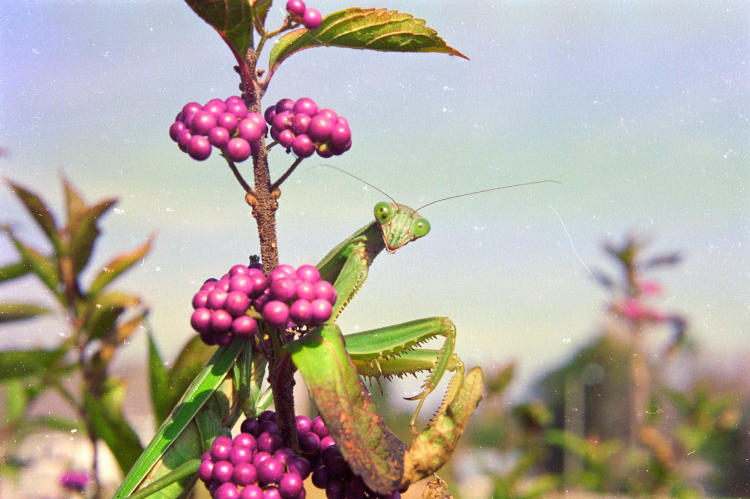
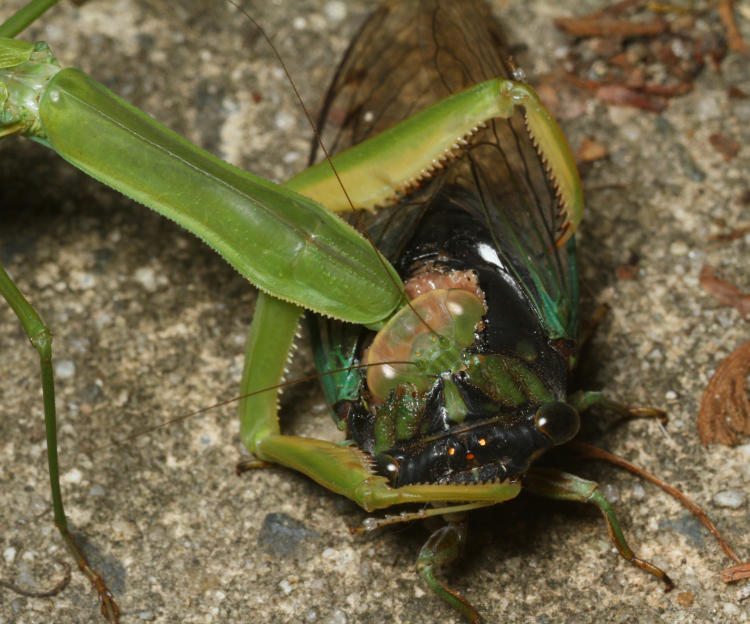
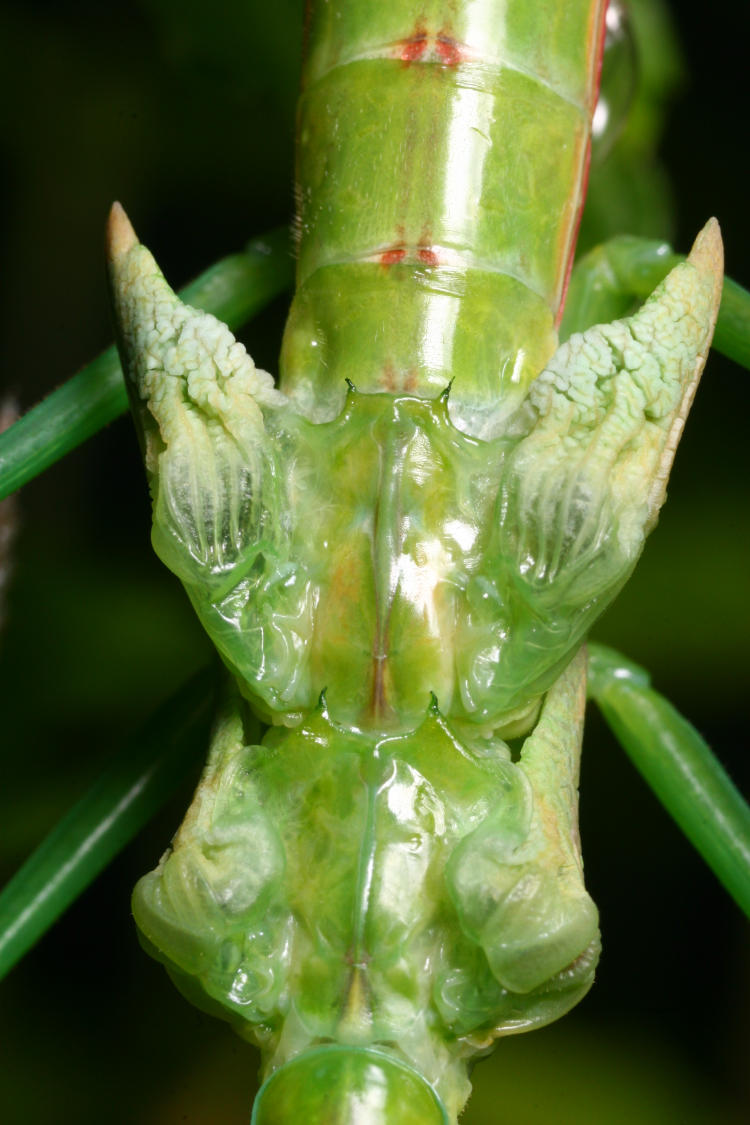



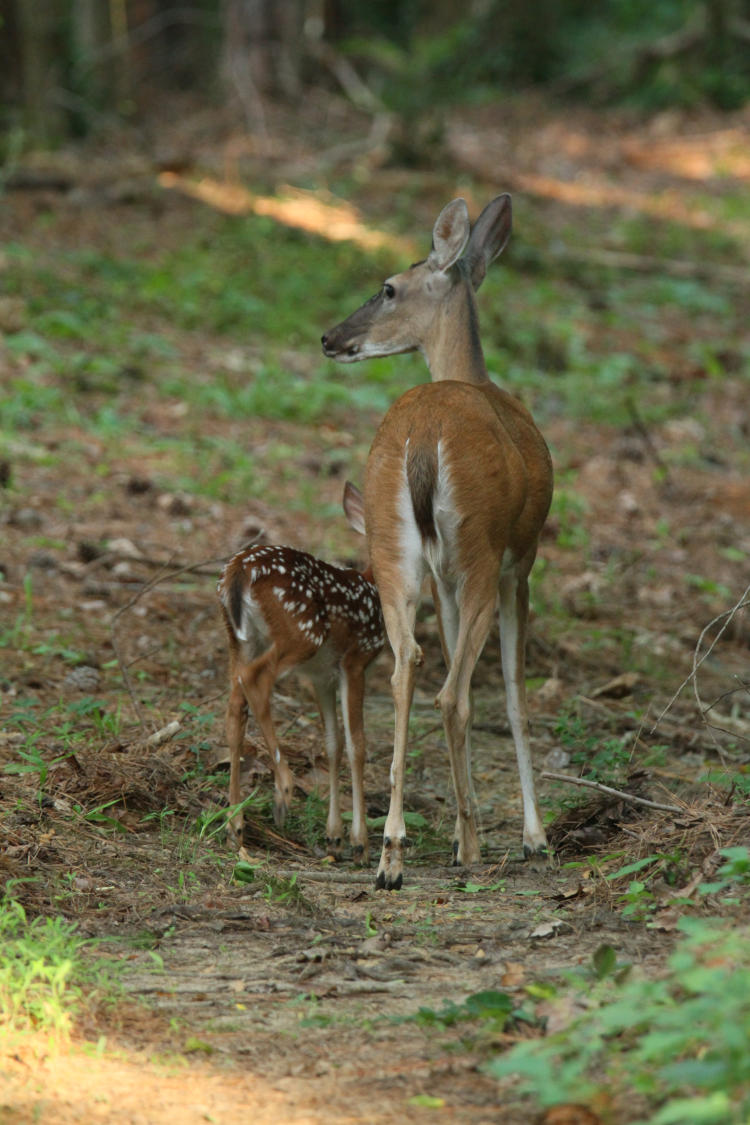

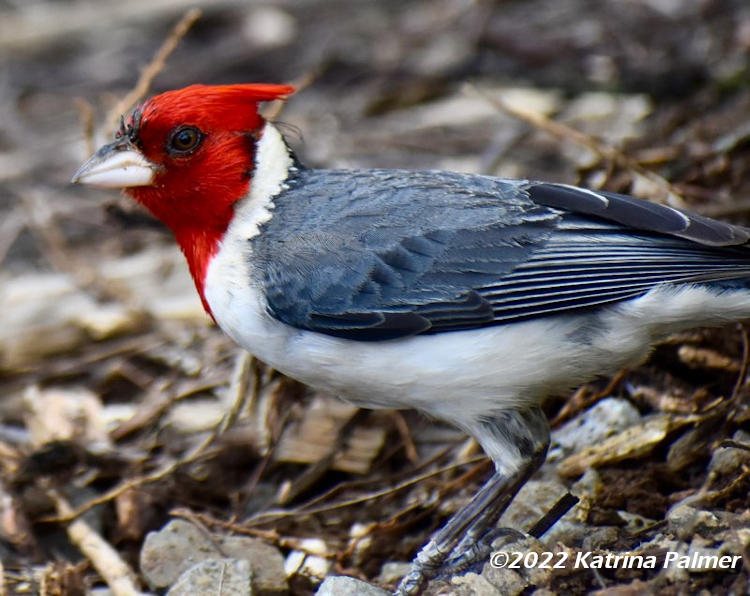


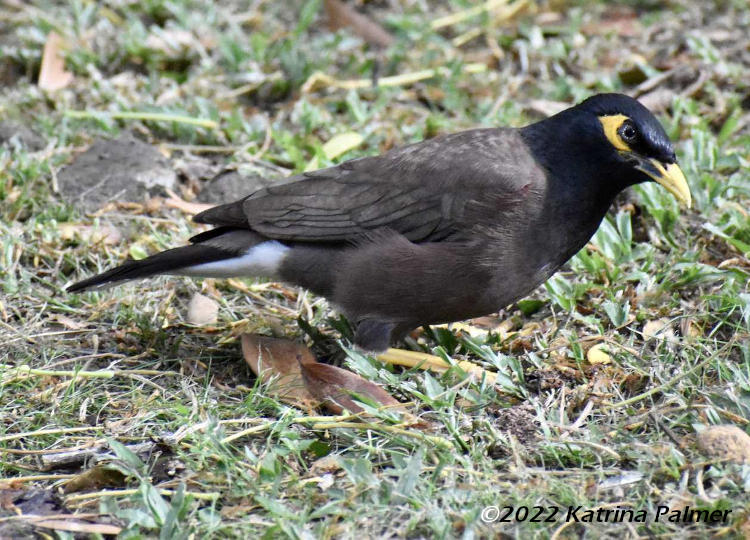

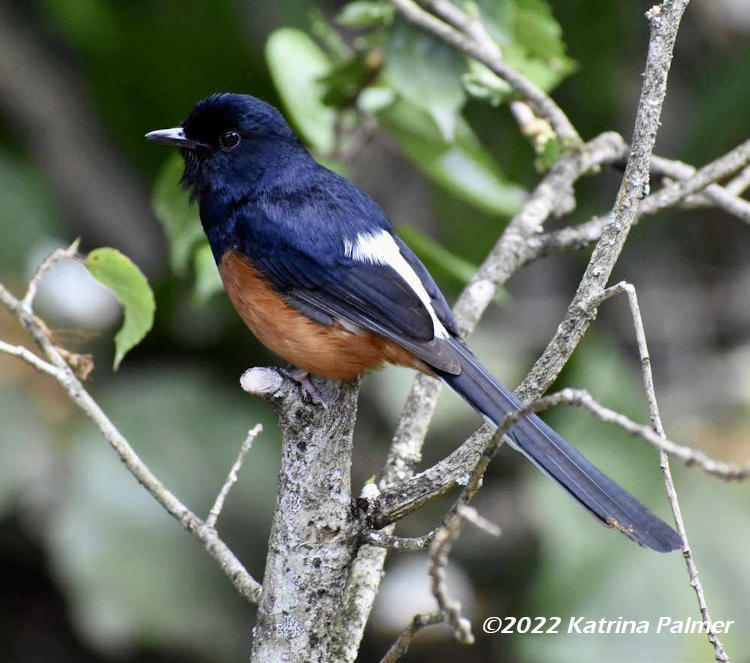


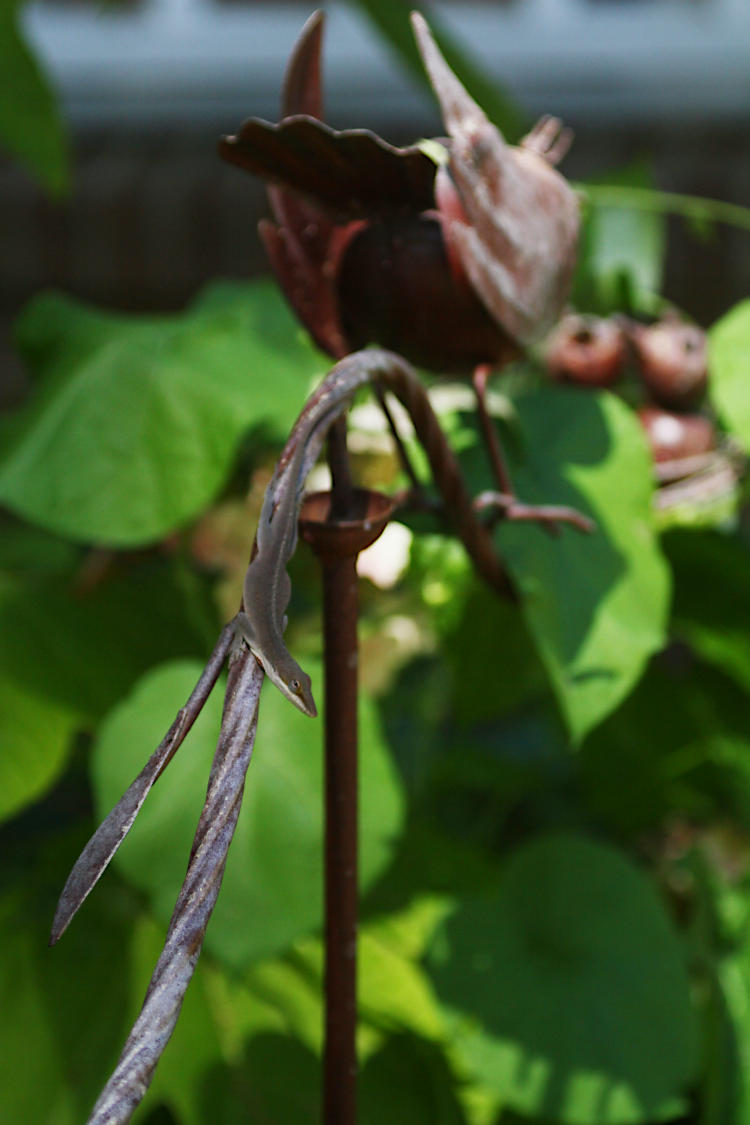


















 Herons can be found all over the US, but Florida is the only place I’ve found them so habituated to people that they allow ridiculously close approaches. Both images here were taken with the borrowed Sony F717, with a maximum focal length equivalent of 190mm – which doesn’t mean a lot anymore, but about 4x the Wittnauer’s lens. That would have been nowhere near enough to make this much difference, so the primary improvement came from the bird itself, and I included a wider-angle shot showing my bike – the heron really was close. A lot of fisherfolk in Florida use live bait, which herons have learned they can steal, so they’re often in close proximity if the pickings look good. On another day, in the same location, I snagged
Herons can be found all over the US, but Florida is the only place I’ve found them so habituated to people that they allow ridiculously close approaches. Both images here were taken with the borrowed Sony F717, with a maximum focal length equivalent of 190mm – which doesn’t mean a lot anymore, but about 4x the Wittnauer’s lens. That would have been nowhere near enough to make this much difference, so the primary improvement came from the bird itself, and I included a wider-angle shot showing my bike – the heron really was close. A lot of fisherfolk in Florida use live bait, which herons have learned they can steal, so they’re often in close proximity if the pickings look good. On another day, in the same location, I snagged 
